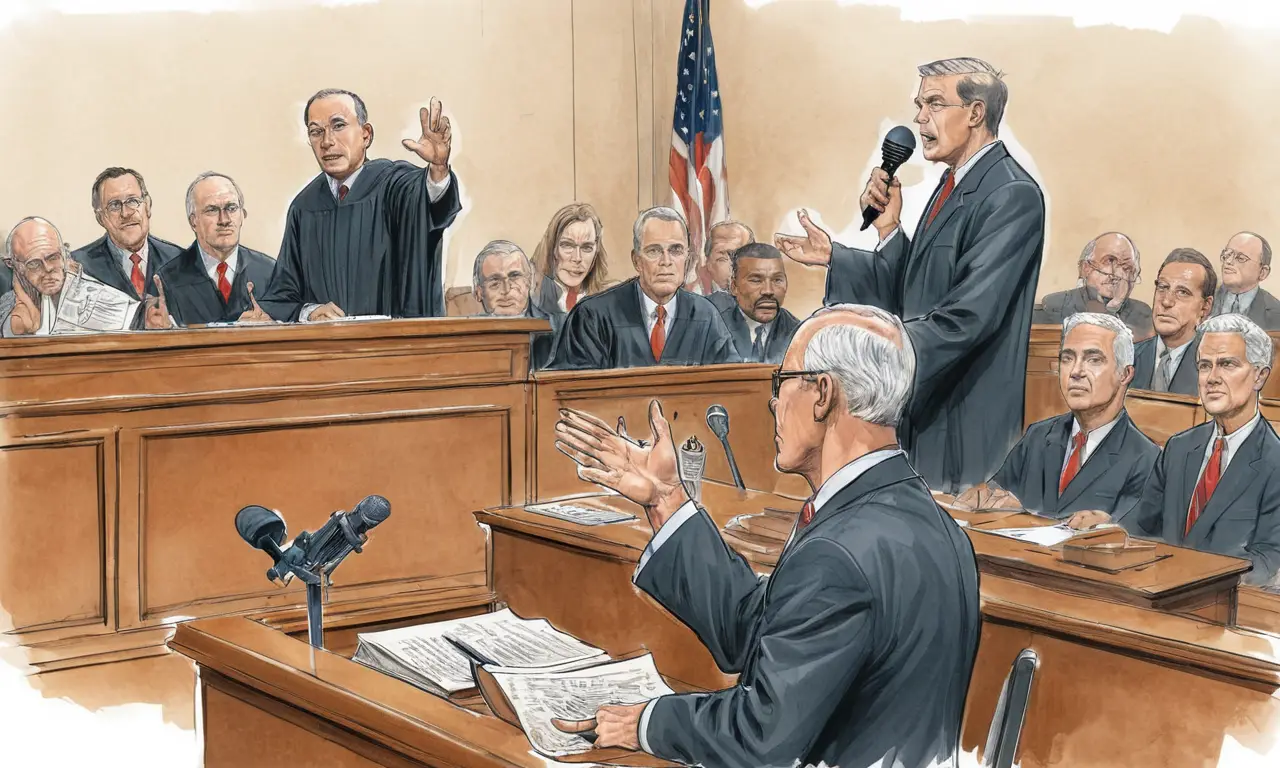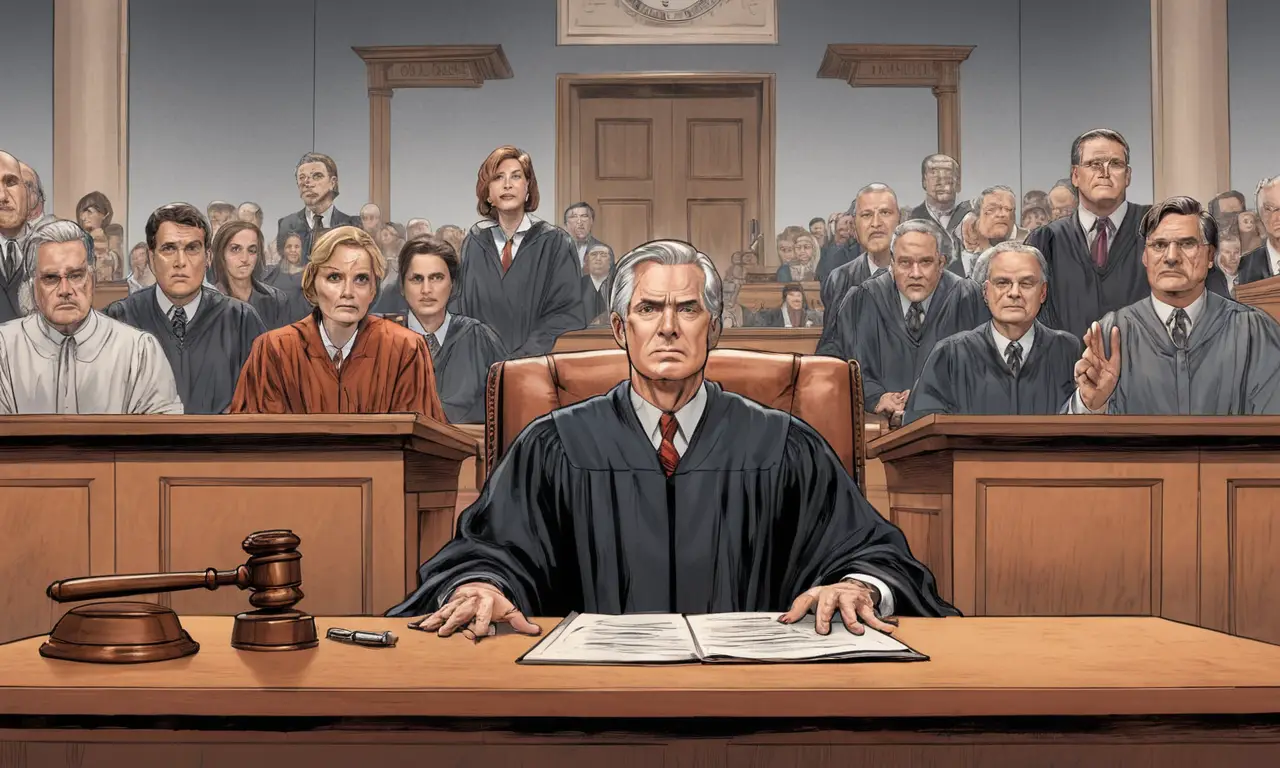
A jury trial for misdemeanor is a fundamental aspect of the American legal system, ensuring fairness and impartiality in the resolution of criminal cases. In this process, ordinary citizens serve as jurors, tasked with listening to evidence presented by both sides and ultimately deciding the defendant’s guilt or innocence. Misdemeanor offenses, generally less severe than felonies, often involve fines, community service, or shorter jail sentences. Understanding the intricacies of a jury trial for misdemeanor is crucial for navigating the legal system effectively.
This article will delve into the various stages of a jury trial for misdemeanor, from the definition of misdemeanor crimes to the deliberation and verdict process. We’ll explore the roles of key players, the types of evidence presented, and the factors jurors consider when reaching their decision. By shedding light on this essential legal procedure, we aim to empower individuals with knowledge about their rights and responsibilities within the justice system.
Misdemeanor Crimes Explained
Misdemeanors are criminal offenses considered less serious than felonies. They typically involve acts that cause minor harm or damage to individuals or property. Examples of misdemeanor crimes include petty theft, vandalism, disorderly conduct, and simple assault. The severity of a misdemeanor offense varies depending on the jurisdiction and specific circumstances.
Penalties for misdemeanors generally range from fines to imprisonment for less than one year. In some cases, community service may also be imposed as a form of punishment. Misdemeanor convictions can have lasting consequences, including impacting employment opportunities, housing applications, and future legal proceedings.
Jury Trial Process

The jury trial for misdemeanor process begins with the defendant’s arraignment, where they are formally charged with the offense and enter a plea of guilty or not guilty. If the defendant pleads not guilty, a trial date is set. During the trial, both the prosecution and defense present their cases to the jury.
The prosecution bears the burden of proving the defendant’s guilt beyond a reasonable doubt. To achieve this, they present evidence such as witness testimony, physical evidence, and expert opinions. The defense has the opportunity to cross-examine witnesses, challenge evidence, and present their own case to refute the prosecution’s claims.
Evidence and Testimony
Evidence plays a crucial role in a jury trial for misdemeanor. It can be presented in various forms, including:
Direct Evidence
Direct evidence directly proves a fact without requiring any inference or interpretation. For example, eyewitness testimony that places the defendant at the scene of the crime is considered direct evidence.
Circumstantial Evidence
Circumstantial evidence requires jurors to make inferences based on the presented facts. For instance, finding the defendant’s fingerprints at the crime scene could be circumstantial evidence suggesting their involvement.
Witness testimony is another vital form of evidence. Witnesses can provide firsthand accounts of events related to the case. Both sides have the opportunity to call witnesses and question them under oath. The judge instructs jurors on the weight they should give to different types of evidence and how to evaluate witness credibility.
Deliberation and Verdict

Once both sides have presented their cases, the jury enters a private deliberation room to discuss the evidence and reach a verdict. Jurors are instructed to consider all evidence presented and apply the law as explained by the judge. They must deliberate openly and honestly, striving for a unanimous decision if possible.
If a unanimous verdict cannot be reached, the judge may declare a mistrial. In some jurisdictions, a majority verdict may be acceptable in misdemeanor cases. The jury’s verdict is then announced in open court.
Guilty or Not Guilty
The jury’s verdict can result in either a “guilty” or “not guilty” finding.
Guilty Verdict
If the jury finds the defendant guilty, the judge will impose a sentence based on the severity of the offense and applicable laws. Sentences for misdemeanors typically involve fines, community service, probation, or short jail terms.
Not Guilty Verdict
A “not guilty” verdict means the jury found insufficient evidence to prove the defendant’s guilt beyond a reasonable doubt. The defendant is then acquitted and released from custody.
Conclusion
The jury trial for misdemeanor is a cornerstone of the American legal system, ensuring fairness and impartiality in the resolution of less serious criminal offenses. Understanding the process, from the definition of misdemeanors to the deliberation and verdict stages, empowers individuals with knowledge about their rights and responsibilities within the justice system. By upholding the principles of due process and citizen participation, jury trials for misdemeanor contribute to a just and equitable society.
